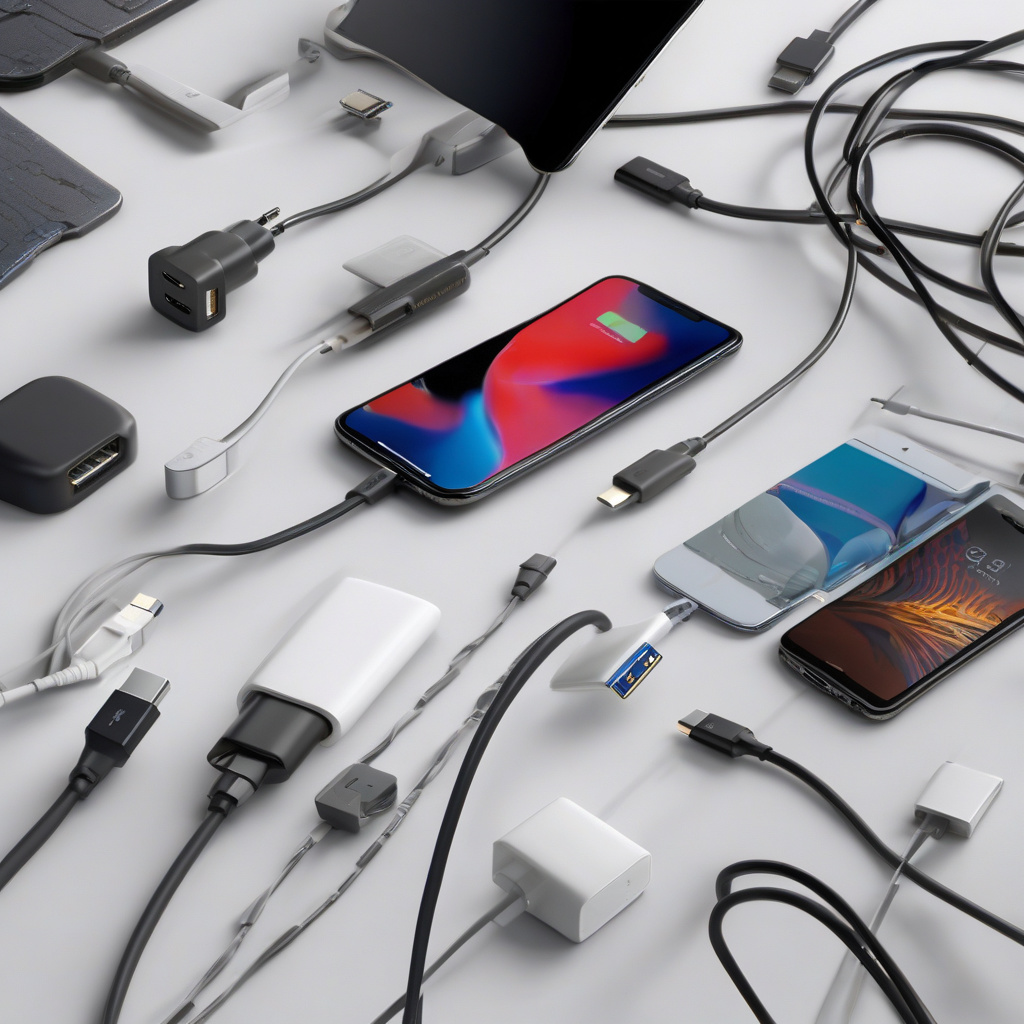USB-C Explained: Navigating the Complexities of Charging Gadgets
With the transition to USB-C, the dream of a unified charging standard seemed within reach. However, the reality has proven to be far more convoluted than expected. Despite the prevalence of USB-C ports across various devices, the labyrinth of cable compatibility and charging standards has only grown murkier. The evolution of charging technologies has ushered in a new era of confusion, leaving consumers scratching their heads when selecting the right charger for their gadgets.
The European Union’s Common Charger Directive, which mandates USB-C connectors for certain devices, aims to streamline the charging process. However, the absence of standardized chargers in product packaging has added another layer of complexity for consumers. Understanding the jargon surrounding USB-C charging standards, including USB Power Delivery (USB-PD), is crucial in navigating the tangled web of options.
In the realm of charging specifications, the introduction of USB-PD has heralded a new era of versatility. With varying voltage and current options, USB-PD caters to a wide range of power requirements, accommodating devices from smartphones to laptops. The advent of technologies like Programmable Power Supply (PPS) further enhances charging efficiency by enabling real-time adjustments based on device requirements.
While USB-PD offers a standardized approach to charging, the proliferation of proprietary fast-charging technologies adds another layer of complexity. Manufacturers like Samsung, Xiaomi, and Honor have developed their own rapid charging solutions, diverging from the USB-PD standard. As a result, consumers are faced with a multitude of options, each with its own set of advantages and limitations.
In the quest for the ideal USB-C charger, compatibility is paramount. Opting for chargers that support USB-PD and PPS ensures broader device coverage and future-proofing. However, deciphering the intricate web of charging speeds, power outputs, and proprietary technologies can be daunting. Consulting device specifications and manufacturer recommendations can provide valuable insights into selecting the most suitable charger for your gadgets.
Beyond charging, the complexities of USB-C extend to data transfer capabilities and alternative modes of usage. Alt mode functionality and the integration of Thunderbolt technology add further layers of intricacy to the USB-C landscape. Navigating these multifaceted standards requires a nuanced understanding of device compatibility and cable specifications.
In conclusion, the evolution of USB-C charging has undoubtedly ushered in a new era of convenience and versatility. However, with great power comes great complexity. As consumers navigate the myriad charging options available, understanding the nuances of USB-C standards and technologies is essential for making informed decisions. By staying informed and seeking out compatible charging solutions, users can streamline their charging experience in an increasingly intricate technological landscape.

